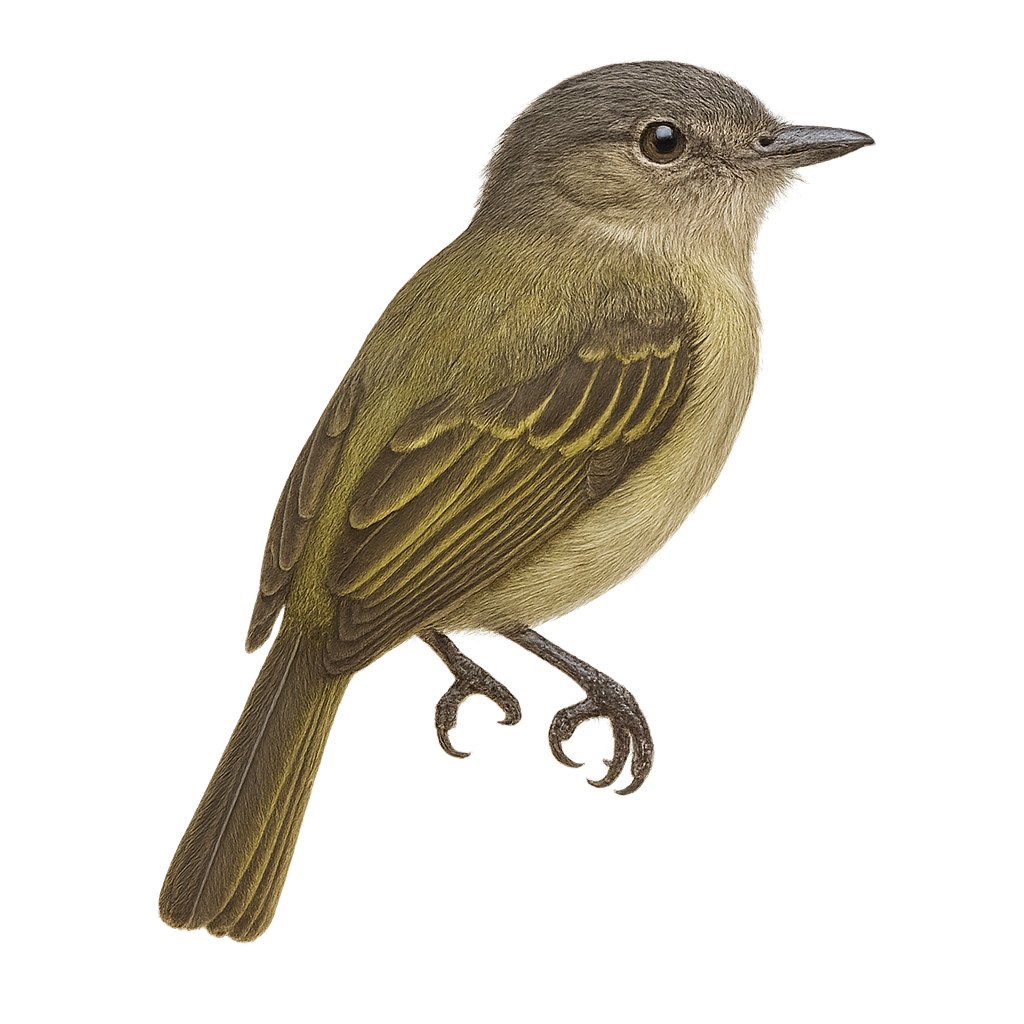Your wildlife photography guide.
Explore the slender-footed tyrannulet in detail, study its behavior, prepare your shots.
Where to observe and photograph the slender-footed tyrannulet in the wild
Learn where and when to spot the slender-footed tyrannulet in the wild, how to identify the species based on distinctive features, and what natural environments it inhabits. The WildlifePhotographer app offers tailored photography tips that reflect the slender-footed tyrannulet’s behavior, helping you capture better wildlife images. Explore the full species profile for key information including description, habitat, active periods, and approach techniques.
Slender-footed Tyrannulet
Scientific name: Zimmerius gracilipes

IUCN Status: Least Concern
Family: TYRANNIDAE
Group: Birds
Sensitivity to human approach: Suspicious
Minimum approach distance: 10 m
Courtship display: January to February
Incubation: 15-17 jours
Hatchings: January to March
Habitat:
Tropical rainforests, secondary forests, forest edges
Activity period :
Primarily active during the day, with peak activity in the morning and late afternoon.
Identification and description:
The Slender-footed Tyrannulet is a small bird from the Tyrannidae family, primarily found in the humid tropical forests of South America. It is characterized by its modest size, olive-green plumage, and slender legs. Its song is a soft, repetitive trill, often heard before the bird is seen. It feeds mainly on insects, capturing them in flight or by foraging through foliage. This tyrannulet is typically solitary or seen in small family groups. It plays a crucial role in the ecosystem by controlling insect populations. Although its habitat is threatened by deforestation, it is currently listed as a species of least concern by the IUCN.
Recommended lens:
400 mm – adjust based on distance, desired framing (portrait or habitat), and approach conditions.
Photography tips:
To photograph the Slender-footed Tyrannulet, focus on humid tropical forests where it is most active. Use a telephoto lens of 400mm or more to capture detailed images without disturbing the bird. Be patient and listen for its distinctive song to locate its position. The best times to observe it are early morning or late afternoon when the natural light is soft. Ensure you stay at least 10 m away to avoid scaring it. Use a tripod to stabilize your camera and achieve sharp images.
The WildlifePhotographer App is coming soon!
Be the first to explore the best nature spots, track rutting seasons, log your observations, and observe more wildlife.
Already 1 431 wildlife lovers subscribed worldwide

